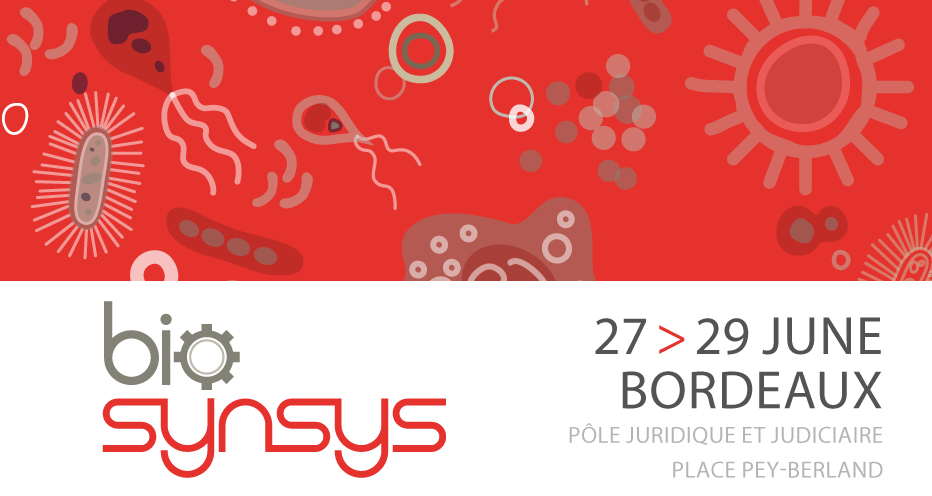The human NADPH-cytochrome P450 oxidoreductase (CPR) is an ER associated diflavin redox protein that transfers electrons from NADPH to its natural acceptors including heme oxygenase, cytochrome b5, cytochrome P450s and the sterol and fatty acid synthesis. The CPR is composed of a FAD and a FMN binding domain which are linked by a flexible connecting domain. In the locked conformation the two domains come in close proximity which facilitates the transfer of one electron from FAD to FMN. Our group has recently demonstrated that in contrast to the rather rigid locked state, the unlocked state, where the two domains separate, shows a high flexibility. As the rate of transition from locked to unlocked state was found to be about one order of magnitude higher than that of electron transfer in vitro, the transition to the unlocked state may play an important role in regulating electron flux. In order to further investigate on the relationship between different CPR conformations and electron transfer we are applying genetic code expansion technology to incorporate non-canonical amino acids in a site-directed manner and subsequently equip the CPR with different fluorophores to enable monitoring the dynamics using FRET.

|
|
|
Abstracts > By Author > Quast RobertExpression of a bidomain redox protein containing non-canonical amino acids for selective fluorescence modification and FRET investigations
1 : Laboratoire d'Ingénierie des Systèmes Biologiques et des Procédés
(LISBP)
-
Website
Institut National des Sciences Appliquées [INSA]
135 Avenue de rangueil 31077 Toulouse cedex 04 -
France
2 : Laboratoire d'Ingénierie des Systèmes Biologiques et des Procédés
(LISBP)
-
Website
CNRS : UMR5504, INSA - Institut National des Sciences Appliquées, Institut national de la recherche agronomique (INRA)
INSA Toulouse 135 Avenue de Rangueil 31077 Toulouse Cedex 4 -
France
|
 PDF version
PDF version
